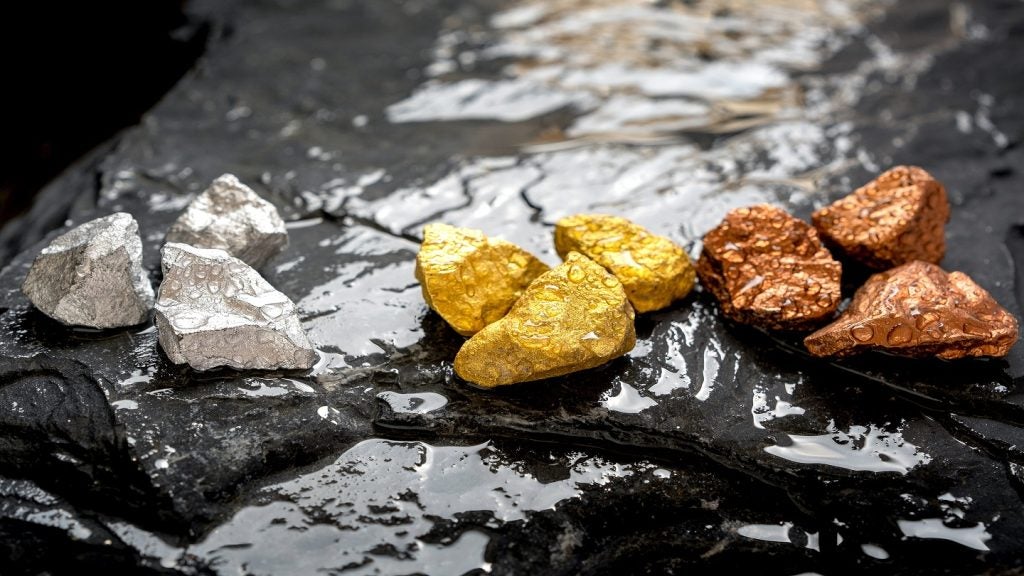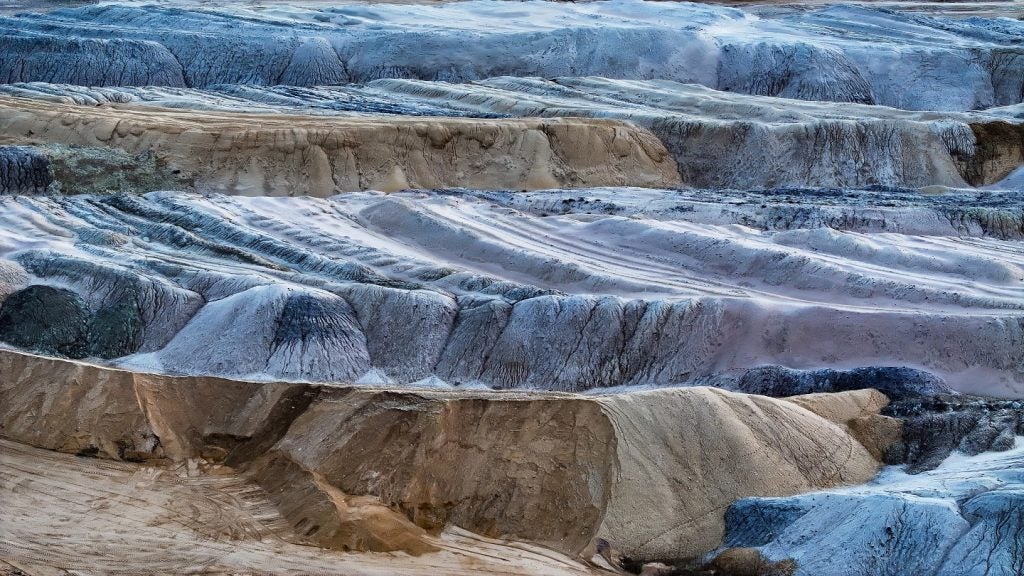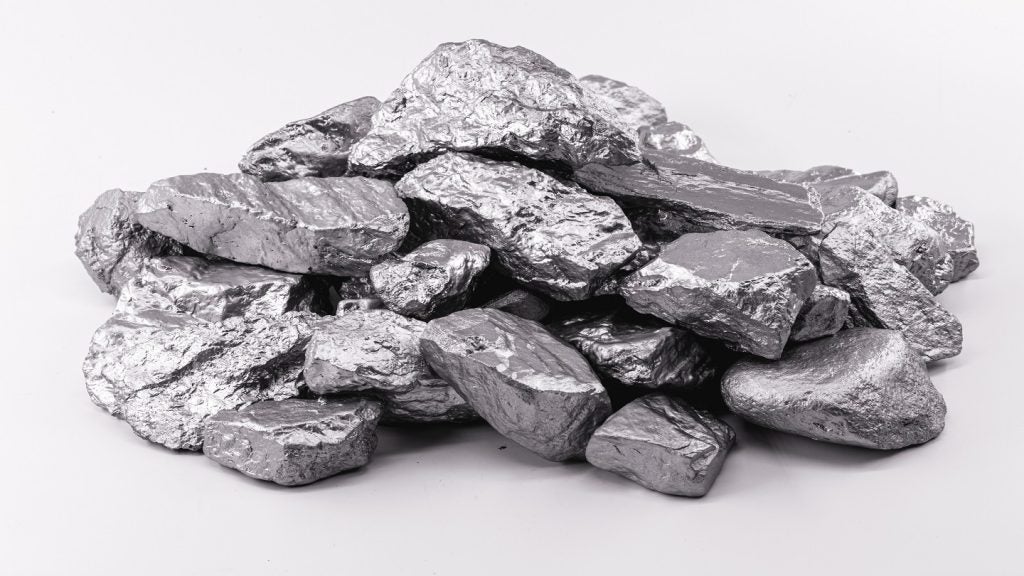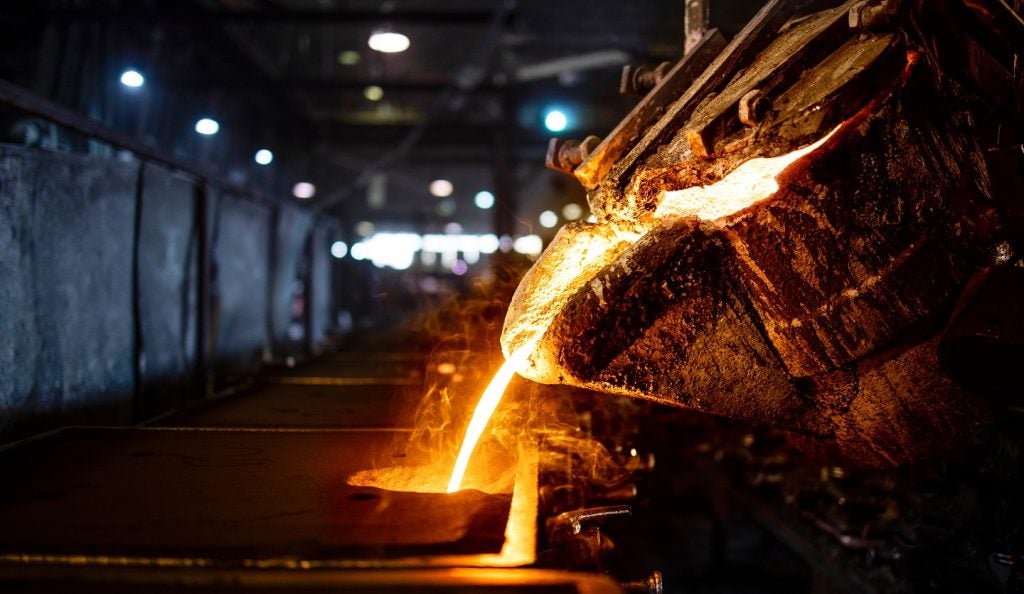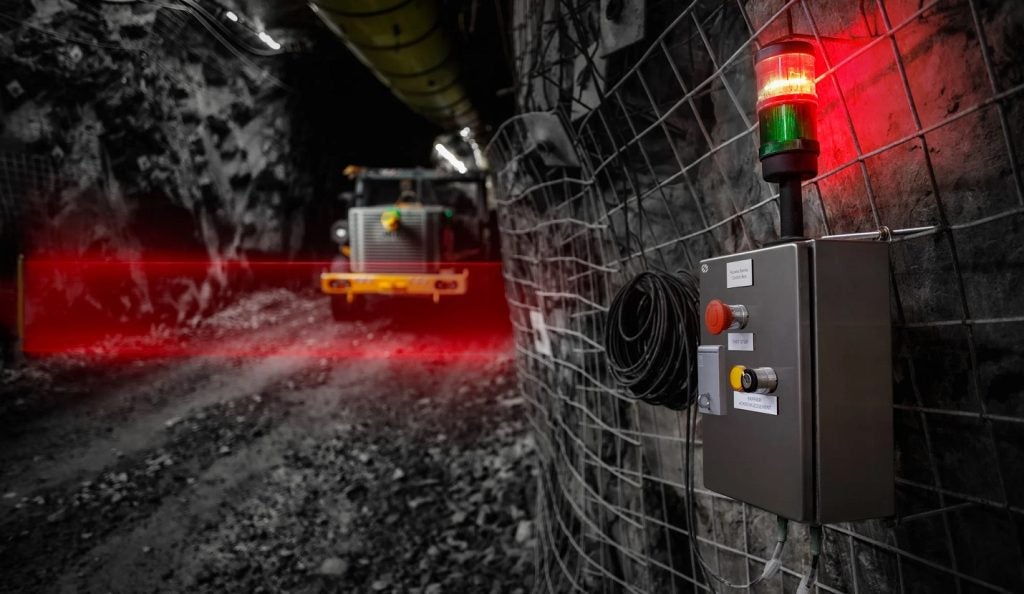Casa Minerals has secured a five-year exploration work permit for its Arsenault Copper-Gold-Silver volcanogenic massive sulphide (VMS) project in British Columbia, Canada.
The permit was granted by the Ministry of Energy, Mines and Low Carbon Innovation and allows the company to conduct geophysical surveys and drilling operations in the region.
This project is located within the traditional territories of the Teslin-Tlingit First Nation and the Taku River Tlingit First Nation.
The permit enables Casa Minerals to carry out 80 line kilometres of ground geophysical surveys along with drilling from 30 helicopter-accessed drill sites.
Its issuance followed a consultation process with the First Nations, ensuring strong environmental protection measures and adherence to Casa's commitment to minimal impact.
These provisions align with the company's principles and the collaborative approach taken during the permitting process.
Historically, the Arsenault VMS-type mineral occurrences have been the subject of exploration by several entities including Casa Minerals.
Past explorations have utilised various technical surveys such as airborne, geophysical and geochemical surveys, alongside geologic mapping.
Casa Minerals has reviewed the existing data and is planning to extend these surveys. The company aims to conduct drill tests at multiple sites to further investigate the mineralisation potential of the area.
Geological mapping of the Arsenault project has revealed that the copper-gold mineralisation of interest is associated with the Big Salmon Formation.
This formation comprises interbedded marine and clastic sedimentary rocks, which in the southern Yukon are known to host significant copper, gold, silver, lead and zinc prospects, including several mining operations.
Casa Minerals president and CEO Farshad Shirvani said: "This permit gives Casa an opportunity to shine a light on this district, which has a rich history in mineral exploration, and it deserves new approaches and modern exploration technologies to hopefully contribute to the demand of critical minerals that we are seeing in this country and around the world.”


